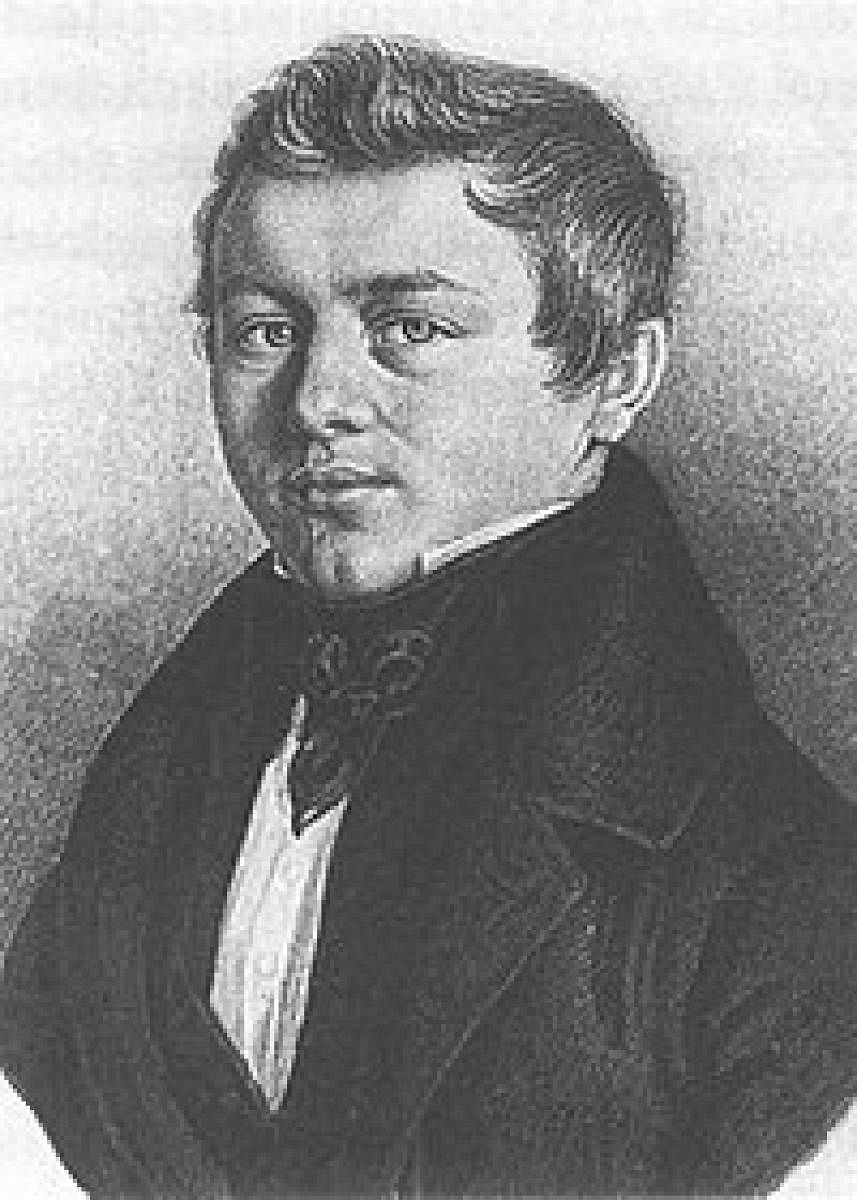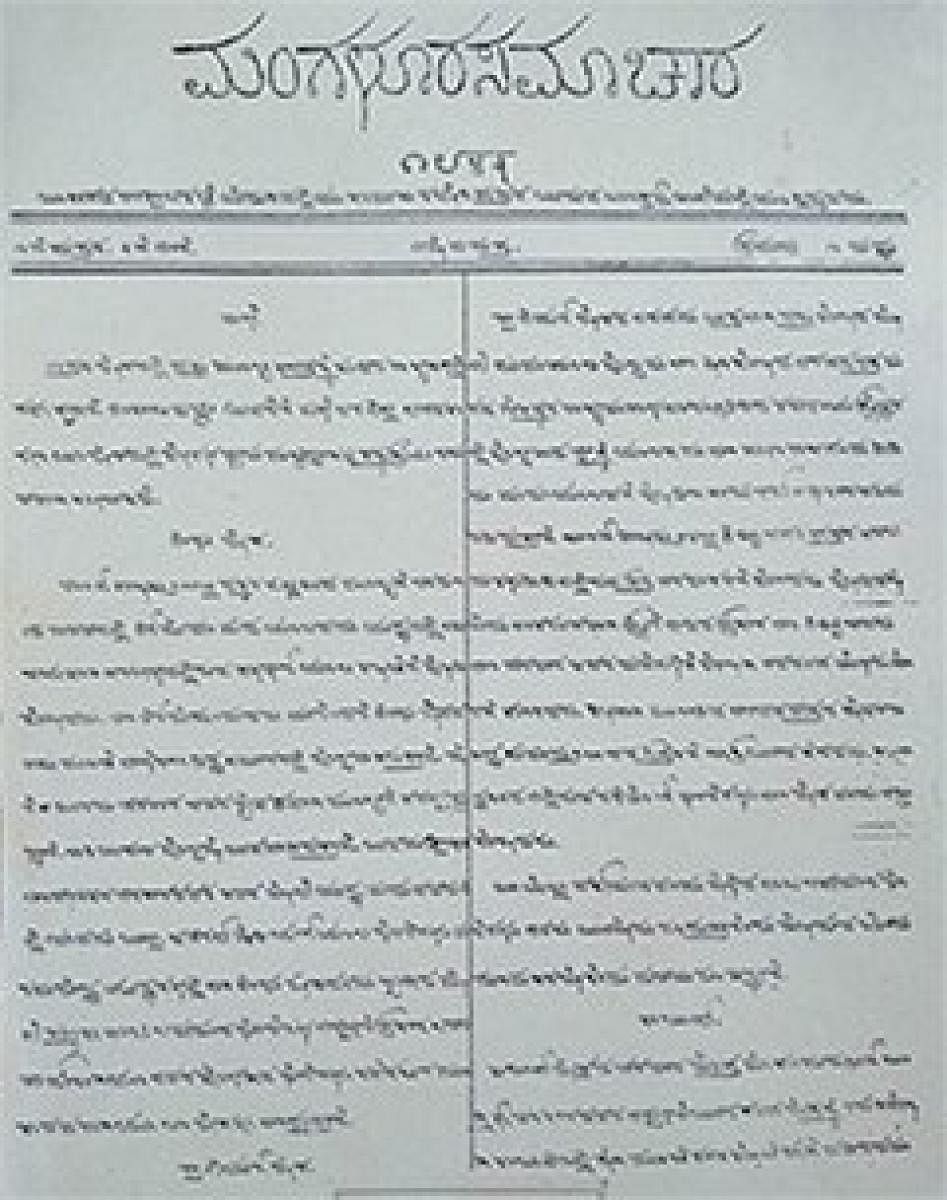

The print media has played a central role in the history of humankind, shaping their destiny to evolve a civilised and democratic way of life based on mutual negotiations.
Hermann Friedrich Moegling, a Basel missionary from Germany settled in Mangaluru, launched a weekly in Kannada to enable people to have a window through which they can understand the outside world. The German Evangelical Mission Press was set up at Balamatta in Mangaluru in 1841. Moegling, who evinced more interest in Kannada literature and education, was of the view that only rumours get circulated and not the genuine news among locals. Therefore he decided to publish a newspaper offering authentic news. On July 1, 1843, the fortnightly publication Mangalura Samachara using litho printing technology heralded a new era in the history of Kannada journalism. Though this publication survived for only two years, its contributions to journalism are remarkable. The Karnataka Media Academy celebrates July 1 as ‘Press Day’ to mark this historical day.
The main objective of celebrating this day is to inform readers about the momentous role played by newspapers and periodicals in enhancing awareness on literature, culture and political rights. Besides, the occasion reminds the critical role played by journalists as interpreters and guides of common people. The first publication in Kannada had a professional touch as its editor Moegling (1811-1871) had excellent exposure to European publications. He had a mastery over several European languages. As soon as he landed in Mangaluru in 1840, he learnt Tulu, Konkani and Kannada. Though he was a missionary, he evinced fervent interest in local literature and education.
Mangalura Samachara made a remarkable impression on readers. Most of the news items were culled from foreign and Indian publications. This four-page publication priced at one ‘duddu’ aimed at presenting authentic news. As an editor, Moegling categorised news items. They included local news, government notifications, legal matters, advisory items, songs, moral stories and news from other states. He extensively published attempts made by the Britishers to capture various parts of India. He was also aware of the fact that he being a German was publishing a newspaper in India which was ruled by Britishers. He would never mix European conflicts in his writings.
Moegling started getting feedback through letters from different parts of Kannada speaking areas. He was particularly happy that so many readers spread across Mysuru, Shivamogga, Honnavara, Bellary, Mangaluru and Tumakuru subscribed. According to Basel Mission report, a total of 7,850 copies were lithographed from the July 1, 1843, to the February 15, 1844. Later the publication was taken over by the London Missionary Society at Bellary which had the advantage of printing newspaper by letterpress. The first publication in Kannada had an average circulation of 530 copies during its existence in Mangaluru.
The overwhelming response from readers prompted Moegling to bring out a better newspaper rechristened as Kannada Samachara, representing true spirits and ethos of Kannadigas. His vision was to increase the reach of the paper with better coverage of Kannada speaking areas. The paper was shifted to Bellary from its 15th issue, dated May 1, 1844. William Reeve, another missionary was made responsible for bringing out the publication and Moegling continued as editor from Mangaluru. As Moegling was given additional responsibilities, he could not devote required time for this publication. And at Bellary, William Reeve’s health deteriorated and he died in 1844. Thus Kannada Samachara could not make any headway and lasted only till December 1844.
After the Sepoy mutiny, which created more curiosity in political developments of the country, Moegling again evinced interest in bringing out a new publication to inform readers about political developments. The new Kannada Suvartika, a fortnightly came out in 1857 and lasted for two years.
Though he was sent as a missionary, Moegling devoted more time to education, literary activities and newspaper publications. For the commendable work he did for Kannada literature and journalism, the Eberhard Karls University of Tubingen awarded Moegling an honorary doctorate in 1858. He was the first one to get such a honour for the work he did for the cause of Kannada.